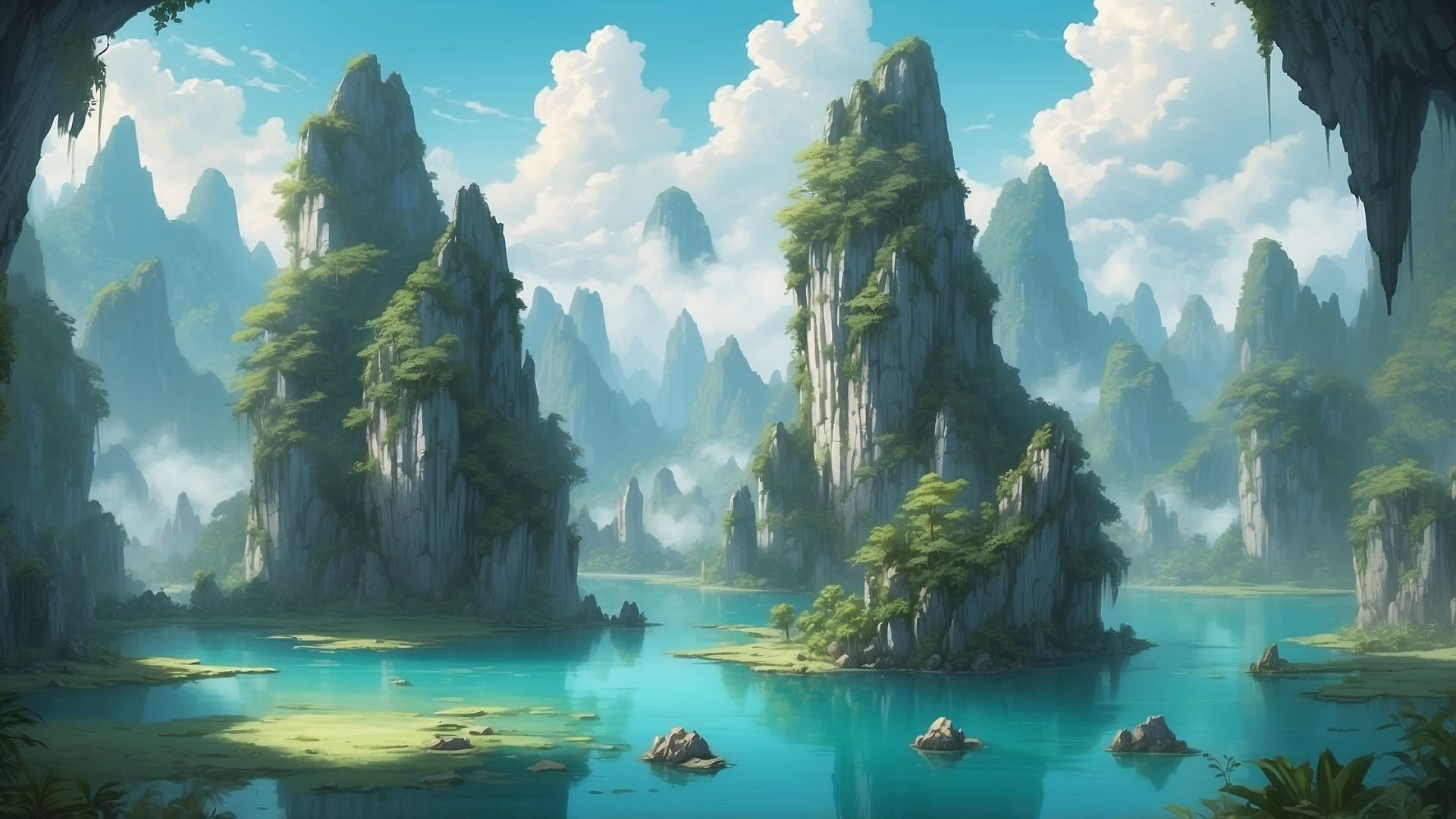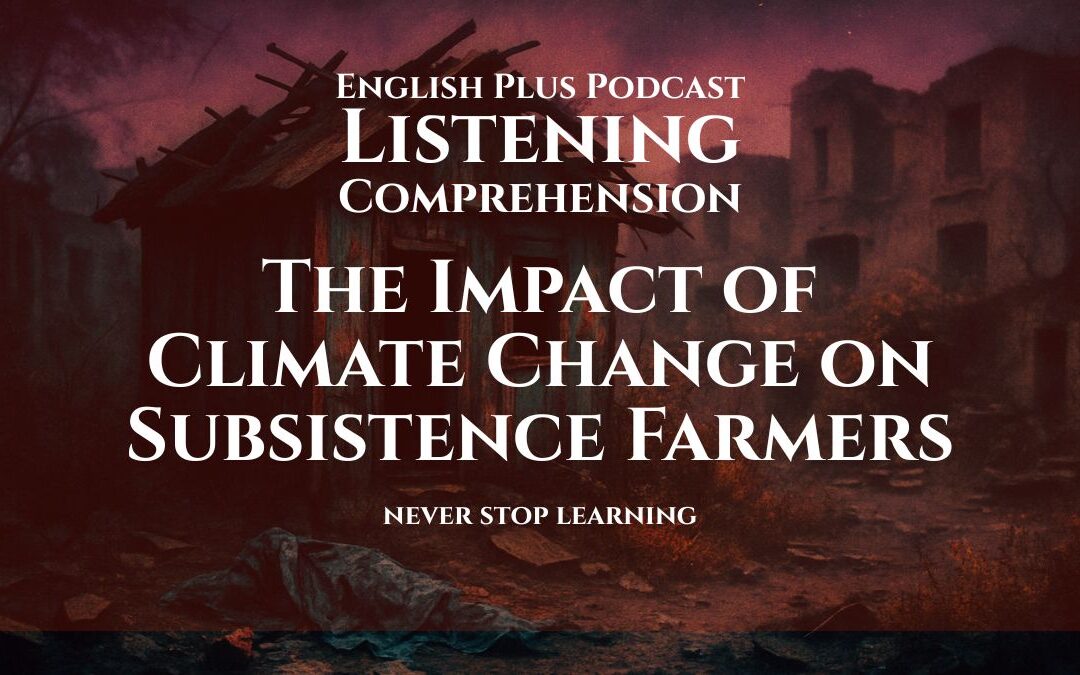Karst landscapes are among the most intriguing and visually stunning natural formations on Earth. Characterized by caves, sinkholes, underground rivers, and dramatic cliffs, these landscapes result from the relentless work of water eroding soluble rock such as limestone, dolomite, or gypsum. But how do these masterpieces of nature come to life? Let’s explore the science, beauty, and significance of karst landscapes.
What Are Karst Landscapes?
Named after the Karst region in Slovenia, karst landscapes form through a geological process called chemical weathering. When rainwater, which naturally contains carbon dioxide, seeps into the ground, it forms a weak acid known as carbonic acid. Over time, this acidic water dissolves soluble rock, creating voids, caverns, and other unique features that define karst topography.
While limestone is the most common rock involved in karst formation, other soluble rocks like dolomite and gypsum can also contribute. These landscapes often include features like sinkholes, disappearing streams, and expansive cave systems.
How Karst Landscapes Form
The formation of karst landscapes is a slow process that can take thousands or even millions of years. It typically begins underground, where acidic water creates a network of cracks and voids in the rock. These voids grow larger over time, eventually leading to the collapse of the surface above and the formation of sinkholes or depressions.
In some areas, entire rivers disappear underground, carving intricate cave systems that eventually reemerge as springs or waterfalls. Stalactites and stalagmites, those iconic features found in caves, form when mineral-rich water drips and leaves behind deposits of calcite, creating natural sculptures over centuries.
Iconic Karst Landscapes Around the World
Karst landscapes are found on every continent, each with its unique charm and characteristics. Some of the most famous include:
- Guilin and Yangshuo, China: Known for its towering limestone peaks and tranquil rivers, this area has inspired countless artists and poets.
- Mammoth Cave, USA: The world’s longest known cave system, located in Kentucky, offers a labyrinth of tunnels and underground beauty.
- Phong Nha-Ke Bang, Vietnam: Home to Son Doong Cave, the largest cave in the world, this UNESCO World Heritage site showcases the grandeur of karst formations.
- The Burren, Ireland: A surreal, rocky landscape dotted with fissures and caves, offering a glimpse into the geological past.
The Ecological Importance of Karst
Beyond their visual appeal, karst landscapes play a vital role in ecosystems and human societies. Underground aquifers within karst regions supply drinking water to millions of people. These aquifers, however, are highly vulnerable to pollution because contaminants can quickly travel through the porous rock.
Karst caves also serve as habitats for unique species, including bats, blind fish, and cave-dwelling insects. The delicate balance within these ecosystems highlights the need for conservation and responsible tourism to protect these natural wonders.
Challenges and Risks in Karst Regions
Despite their beauty, karst landscapes can pose significant challenges. Sinkholes, one of the most dramatic features of karst topography, can appear suddenly and cause significant damage. In urban areas built on karst, these sinkholes may lead to property loss or even fatalities.
Additionally, the porous nature of karst makes it difficult to manage water resources effectively. Pollution, over-extraction of groundwater, and climate change all threaten the stability of these regions, underscoring the need for sustainable practices.
Karst Landscapes and Human History
Humans have long been fascinated by karst landscapes. Ancient civilizations often considered caves sacred spaces, using them for rituals, art, and shelter. Even today, these landscapes captivate adventurers, scientists, and tourists alike.
Modern uses of karst regions include mining for limestone and tourism. However, these activities must be balanced with conservation efforts to ensure that these irreplaceable landscapes are preserved for future generations.
Appreciating the Art of Erosion
Karst landscapes remind us of nature’s ability to shape our world through patience and persistence. They are a testament to the power of water and time, carving beauty from solid rock. Whether you’re marveling at the dramatic peaks of Guilin or exploring the depths of Mammoth Cave, these landscapes offer a window into Earth’s geological history and a reminder of the delicate balance of our planet.
So, next time you gaze at a karst formation, take a moment to appreciate the intricate artistry of erosion. It’s not just a geological process—it’s nature’s slow and steady masterpiece.
Let’s Talk
Karst landscapes are like nature’s secret sculptors, aren’t they? The idea that water can slowly carve out massive caves or create towering limestone peaks is both fascinating and humbling. But what’s really mind-blowing is how this process, which seems so gentle and unassuming, can result in something so dramatic. Have you ever thought about how much patience nature has? Imagine spending thousands or even millions of years working on a single masterpiece, drop by drop. If that’s not dedication, I don’t know what is.
What I find particularly interesting is how karst landscapes aren’t just about the beauty on the surface. Sure, the peaks and cliffs are Instagram-worthy, but the real magic happens underground. Those caves and underground rivers hold mysteries that even science hasn’t fully uncovered yet. Think about it: entire ecosystems exist in the dark, relying on what trickles down from above. It’s like an upside-down world, where creatures have adapted to thrive without light. How do you even begin to explore such a place? Would you dare venture into a pitch-black cave, knowing you might come face-to-face with species that look like they’ve come from another planet?
Here’s another angle to think about: karst landscapes aren’t just natural wonders; they’re also incredibly practical. They provide drinking water for millions of people around the world. That’s amazing when you consider how vulnerable they are to pollution. A single contaminant can spread through these porous rocks like wildfire. It makes you wonder about the balance between appreciating nature’s beauty and recognizing our responsibility to protect it. Have you ever visited a place where you felt torn between wanting to take it all in and worrying about the impact of tourism or human activity?
And let’s talk about sinkholes for a second. They sound like something out of a disaster movie, but they’re just a natural part of karst dynamics. I mean, imagine waking up one day to find that a sinkhole has swallowed half your backyard. Terrifying, right? Yet, it’s a reminder that the ground beneath us is constantly changing, even if we don’t notice it. It’s not just about geology; it’s about perspective. How often do we take the time to think about what’s happening beneath the surface—of the Earth or even in our own lives?
Karst landscapes teach us to look deeper, to be patient, and to find beauty in the slow, steady processes that shape our world. So, the next time you see a rock, a stream, or even just a puddle, ask yourself: what story is it quietly telling, and how long has it been writing it?
Let’s Learn Vocabulary in Context
Let’s start with “erosion” because it’s the hero of the story. Erosion is the gradual wearing away of rock or soil by water, wind, or other natural forces. In karst landscapes, water erodes limestone to create caves and sinkholes. But erosion isn’t just about geology—you might say, “The waves eroded the sandcastle I built on the beach,” which is basically erosion in fast-forward.
The word “soluble” came up when we talked about the types of rock involved in karst formation. If something is soluble, it means it can dissolve in water. You might hear this in chemistry class or even when someone says, “This tablet is soluble; just drop it in water.”
Then there’s “chemical weathering.” It sounds technical, but it’s really just the process of breaking down rock through chemical reactions, like how acidic water dissolves limestone. A practical use? You could say, “That statue in the park looks worn down because of chemical weathering from acid rain.”
“Sinkhole” is another great term. These sudden ground collapses can happen naturally or be triggered by human activity. It’s dramatic enough to say, “Be careful driving; I heard there’s a sinkhole near the highway,” and you’ve got everyone’s attention.
How about “aquifer”? It’s a layer of rock that holds water and supplies wells or springs. Think of it as an underground reservoir. You might say, “The city gets its drinking water from a nearby aquifer.”
The phrase “underground rivers” paints an almost magical picture. These hidden waterways are like nature’s secret passages. You could use it metaphorically, like, “The conversations we had felt like underground rivers, quietly shaping our friendship.”
Let’s not forget “stalactites” and “stalagmites.” Stalactites hang from the ceiling of a cave, while stalagmites grow from the floor. Easy to remember if you think of stalactites as holding “tight” to the ceiling. Next time you see icicles, you can say, “They look like nature’s stalactites.”
The term “disappearing streams” is pretty self-explanatory but fascinating. These are streams that vanish underground into a cave system. You could use it poetically, like, “Her voice was like a disappearing stream, fading into silence.”
Finally, “porous” refers to something full of tiny holes that let water or air pass through. Limestone is porous, which is why it erodes so easily. In everyday life, you might say, “This sponge is super porous; it soaks up water instantly.”
So, here’s a question: which of these words or phrases do you think you could use in your day-to-day conversations? And have you ever experienced something in nature that made you pause and wonder about the processes shaping it, like erosion or underground rivers?
Let’s Discuss & Write
Discussion Questions:
- What fascinates you most about the idea of nature creating art through processes like erosion?
- How do you think human activity affects the delicate balance of karst landscapes?
- Have you ever visited a cave or seen a karst formation? What was your experience like?
- Why do you think underground ecosystems are so often overlooked in conservation efforts?
- Can you think of ways to raise awareness about protecting fragile landscapes like karst regions?
Writing Prompt:
Write a short essay titled “The Hidden World Beneath Us,” exploring the importance of underground landscapes like caves and aquifers. Describe how they form, why they matter, and what we can do to protect them. Use descriptive language to paint a vivid picture of these unseen wonders, and aim for 300–400 words to keep it concise yet impactful. Focus on creating an emotional connection to the topic while presenting practical ideas for conservation.











0 Comments